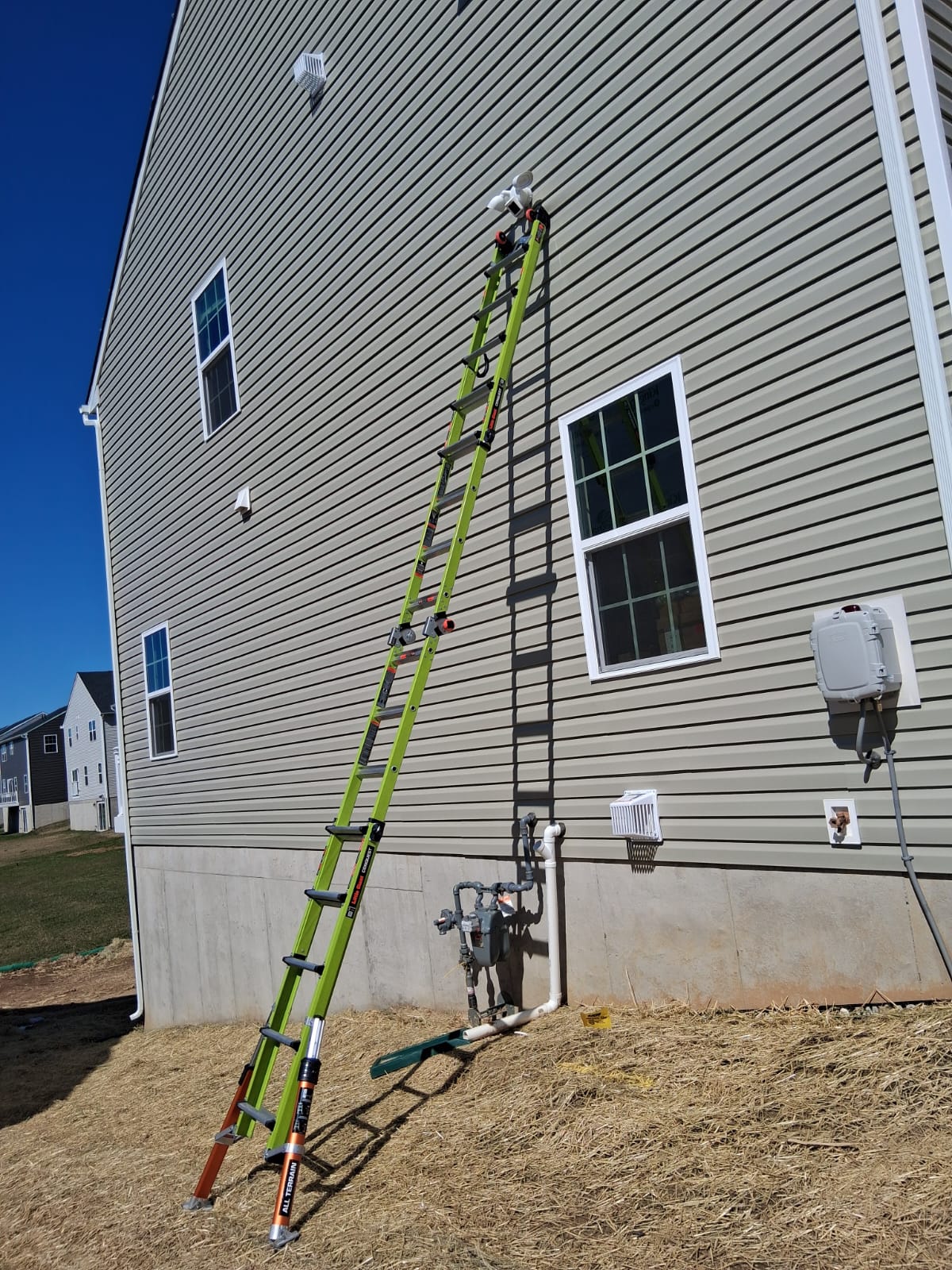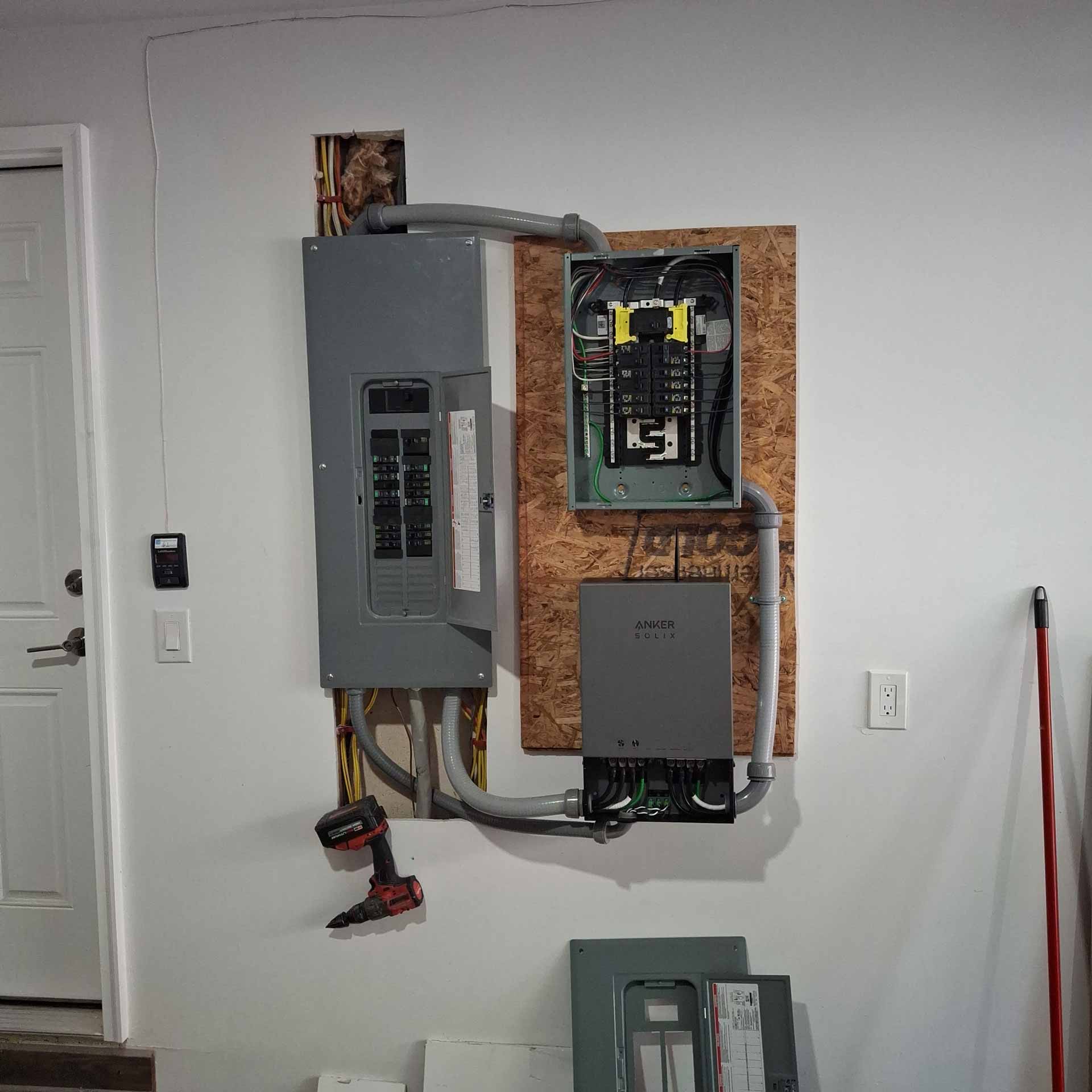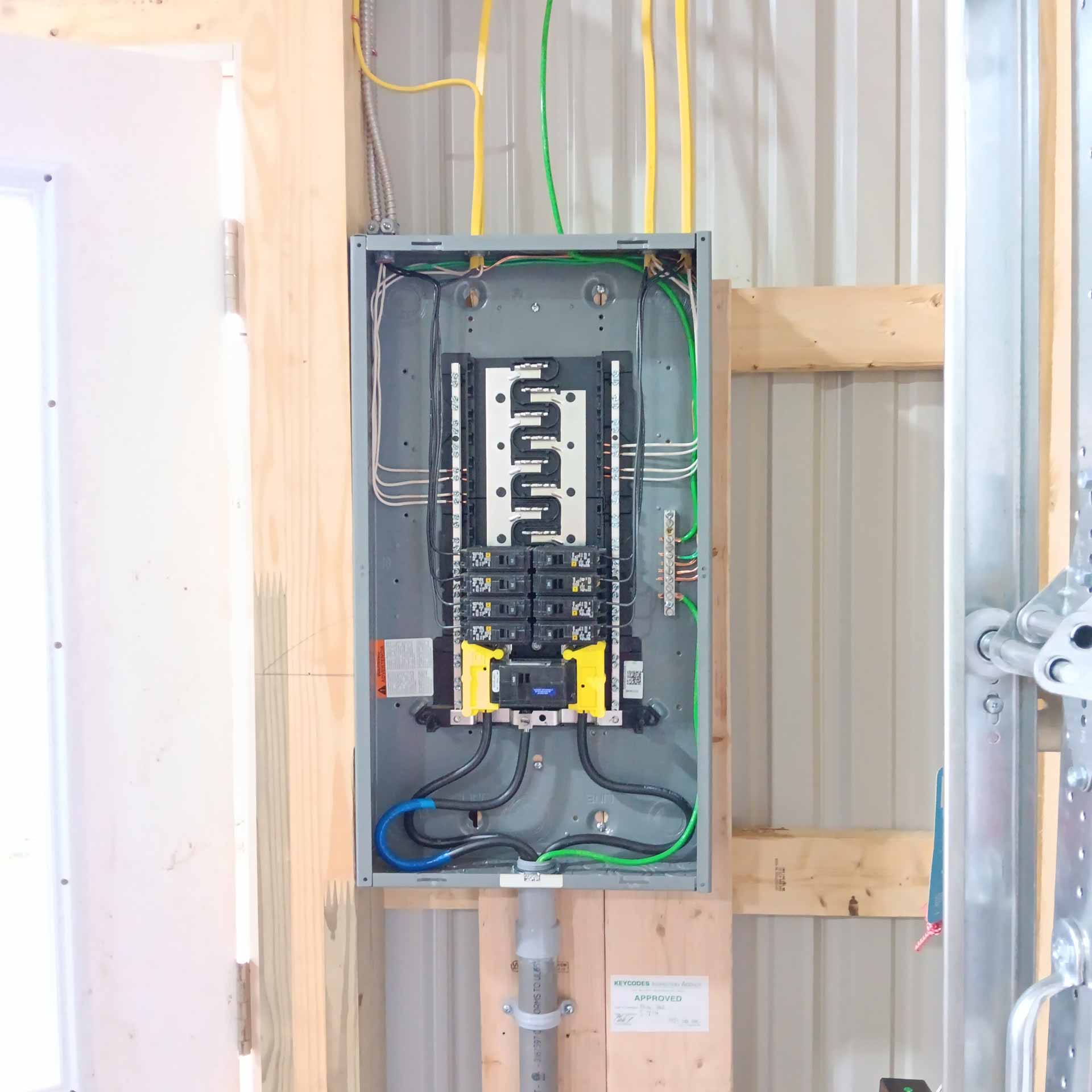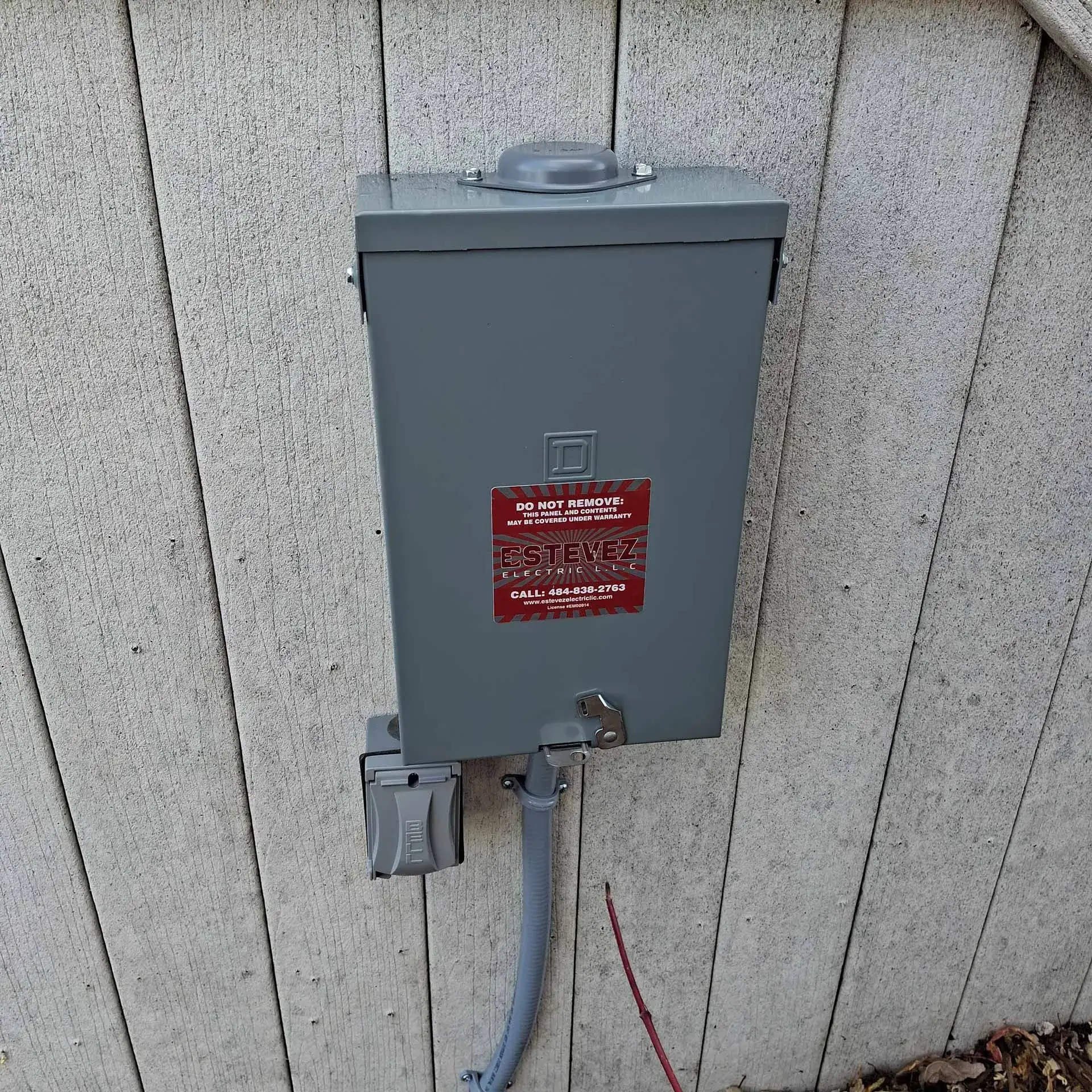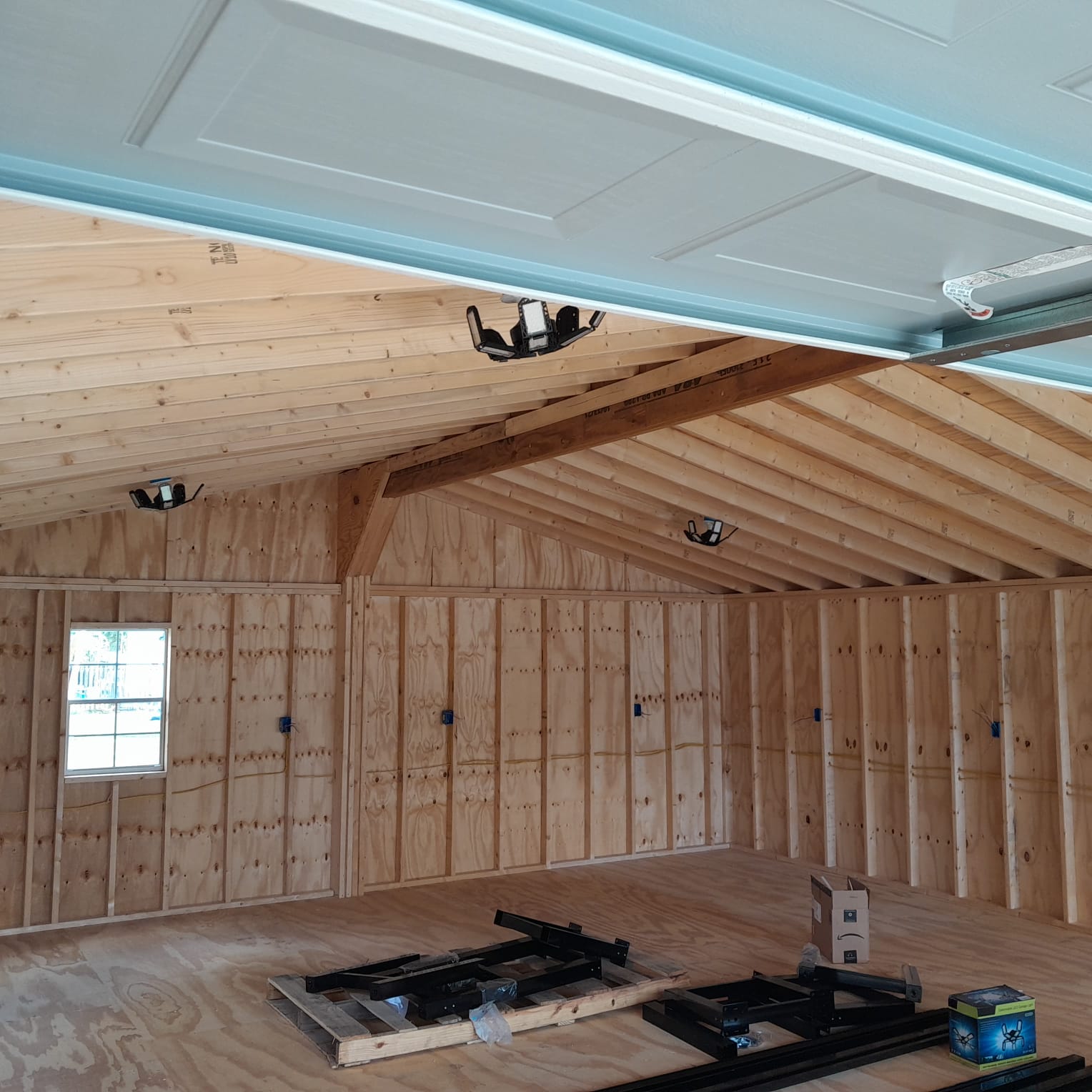Is your home’s electrical system old? Whole house rewiring is a big job, but it’s often needed to keep your family safe and appliances working well. Let’s look at the best ways to do this important home project, which can make your home safer, more efficient, and worth more money.
| Key Takeaways |
|---|
|
• Whole house rewiring improves safety and reduces fire risks • Upgrading electrical systems can increase energy efficiency • Professional rewiring enhances home value and attracts buyers • Modern wiring supports current and future technological needs • Proper planning and professional execution are crucial for success |
Why Consider Whole House Rewiring?
Homes built before 1980 often have old electrical systems that can’t handle today’s power-hungry devices. Upgrading your electrical panel and rewiring your home can provide many benefits:
- Improved safety by reducing fire risks
- Better power distribution for modern appliances
- Increased energy efficiency
- Preparation for future technological needs
Before starting the rewiring process, it’s important to know the signs that your home might need an electrical update. These signs can help you decide if it’s time to call professionals. Also, think about the long-term benefits of rewiring, like possibly lower insurance costs and higher property value.
Signs Your Home Needs Rewiring
Watch out for these signs that your electrical system is having problems:
- Circuit breakers trip often or fuses blow frequently
- Lights flicker or dim, especially when using appliances
- Outlets or switches make buzzing sounds
- You smell burning or see discolored outlets
- Your home has old wiring types like knob-and-tube or aluminum
- Outlets feel warm or vibrate
- You can see wear on wiring insulation
- Wet areas don’t have ground fault circuit interrupters (GFCIs)
If you notice any of these issues, it’s time to think about rewiring your whole house. Let’s look at the best ways to make sure this upgrade is safe and effective. Remember, electrical problems can be dangerous, so it’s important to get help from a qualified professional quickly.
Planning Your Whole House Rewiring Project
Good planning is key for a successful rewiring project. Here are important steps to take:
- Check your current electrical system
- Figure out your future electrical needs
- Make a detailed electrical layout
- Get necessary permits and inspections
- Create a timeline for the project
- Budget for unexpected costs and possible upgrades
- Think about where you’ll stay during the work
Working with a professional electrician is very important during planning. They can help you understand local building rules and make sure your new system will meet your home’s needs for a long time. An experienced electrician can also suggest energy-efficient options and smart home technologies that could be added during rewiring.
Safety First: Precautions and Preparations
Safety should be your top priority when rewiring your whole house. Here are some important safety steps:
- Always hire a licensed, professional electrician
- Turn off power to the entire house before work begins
- Clear work areas and ensure good accessibility
- Use proper protective equipment
- Use a lockout/tagout system to prevent accidental power-ups
- Keep a fire extinguisher for electrical fires nearby
- Tell everyone in the house about the work and safety measures
Following key electrical safety practices is important not just during rewiring but also for everyday home safety. Remember, electrical work is not something you should do yourself – it needs special knowledge and skills to be safe and follow local rules. Even after rewiring is done, keep making electrical safety a priority in your daily life.
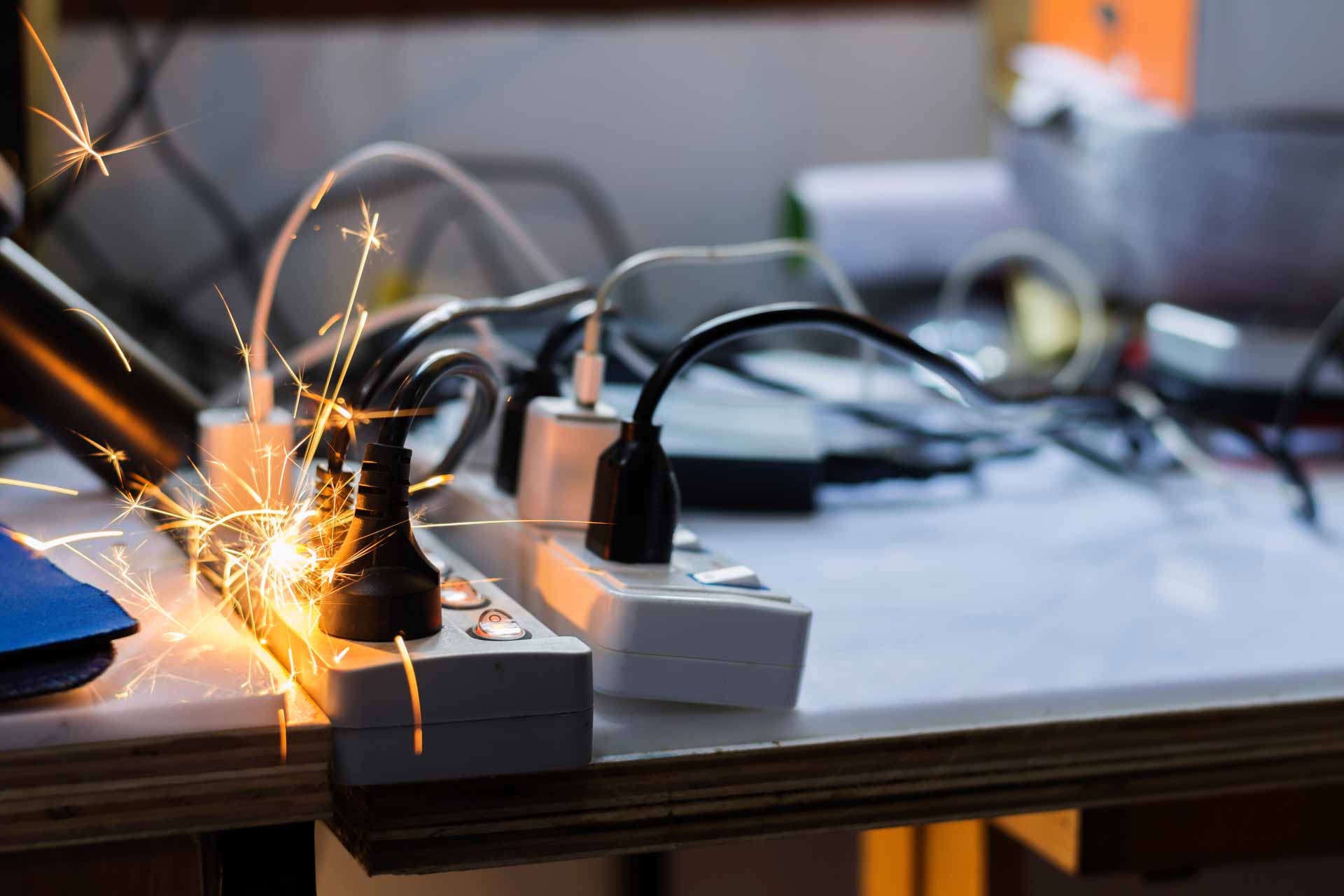
Choosing the Right Materials for Rewiring
Picking good materials is important for a safe and long-lasting electrical system. Think about these things when choosing wiring and parts:
- Use copper wiring because it conducts electricity well and lasts long
- Pick the right wire thickness based on how much power the circuit needs
- Put in modern circuit breakers and GFCI outlets in wet areas
- Think about adding smart home features for the future
- Choose high-quality, tamper-resistant outlets for extra safety
- Use arc fault circuit interrupters (AFCIs) for bedrooms and living rooms
- Install a good grounding system for better protection
Your electrician can help you choose the right electrical panel and parts for what your home needs. Don’t try to save money on cheap materials – spending more on good stuff now can save you money and trouble later. High-quality materials not only work better but also make your electrical system safer and last longer.
The Rewiring Process: Step-by-Step
While the exact process may change depending on your home, here’s a general overview of rewiring:
- Turn off power and remove old wiring
- Install new wiring through walls, ceilings, and floors
- Set up new outlets, switches, and light fixtures
- Install the new electrical panel
- Connect new wiring to the panel
- Test all circuits and parts
- Schedule final inspection with local authorities
- Fix any wall or structural damage from the installation
- Do a final walkthrough with the electrician
- Get all necessary certifications and paperwork
This process can take several days to a couple of weeks, depending on how big and complex your home is. Be ready for some disruption during this time, but remember that the result will be a safer, more efficient electrical system. It’s important to keep talking with your electrician throughout the process to address any concerns or changes that might come up.
Upgrading Electrical Components
Whole house rewiring is a great chance to upgrade various electrical parts in your home. Consider these modern features:
- GFCI outlets in kitchens, bathrooms, and outdoor areas
- AFCI breakers for added fire protection
- Whole-house surge protection
- Smart home wiring for future technology
- USB outlets for easy device charging
- Dimmer switches for better lighting control and energy savings
- Dedicated circuits for big appliances
- Outdoor lighting and power outlets for more usefulness
These upgrades can really improve your home’s safety and how well it works. Talk about these options with your electrician to see which ones make sense for your home and budget. Remember that while some upgrades might seem expensive at first, they can provide long-term benefits in safety, convenience, and energy savings.
Ensuring Code Compliance and Inspections
Following local electrical rules is important for safety and legal reasons. Here’s what you need to know:
- Get necessary permits before starting work
- Schedule inspections at important points during the project
- Make sure all work meets or is better than local code requirements
- Keep detailed records of all work done and inspections passed
- Learn about the National Electrical Code (NEC) standards
- Fix any code violations quickly
- Think about future code changes when planning your system
Working with a licensed electrical contractor can help make sure your project meets all necessary requirements. They’ll know local codes and can handle getting permits and inspections for you. This expertise is really valuable in avoiding costly mistakes and making sure your new electrical system is safe and legally compliant.
Energy Efficiency Considerations
Whole house rewiring is a great chance to make your home more energy efficient. Consider these options:
- Install LED lighting throughout the home
- Set up separate circuits for major appliances
- Add smart home technology for better energy management
- Consider adding circuits for future electric vehicle charging
- Implement zone-based lighting controls
- Install energy-efficient ceiling fans
- Use programmable or smart thermostats
- Consider solar-ready wiring for future panel installation
These energy-efficient upgrades can help lower your electricity bills and reduce your home’s impact on the environment. Landscape lighting can also be upgraded to more efficient LED options, improving both how it looks and how much energy it uses. By investing in energy-efficient electrical systems now, you’re not only saving money in the long run but also helping create a more sustainable future.
Future-Proofing Your Electrical System
When rewiring your home, it’s important to think about future electrical needs. Consider these future-proofing strategies:
- Install extra circuits and outlets for future expansion
- Run conduit in walls for easy future wiring upgrades
- Consider installing an EV charging station or pre-wire for one
- Plan for potential solar panel installation
- Include structured wiring for advanced home networking
- Install a smart electrical panel for better energy monitoring
- Consider battery storage system compatibility
- Plan for home automation and IoT device integration
By thinking ahead, you can save time and money on future electrical upgrades. Discuss your long-term plans with your electrician to ensure your new system can handle future technologies and energy needs. Remember that electrical technology is always changing, so building in flexibility now can really pay off in the future.
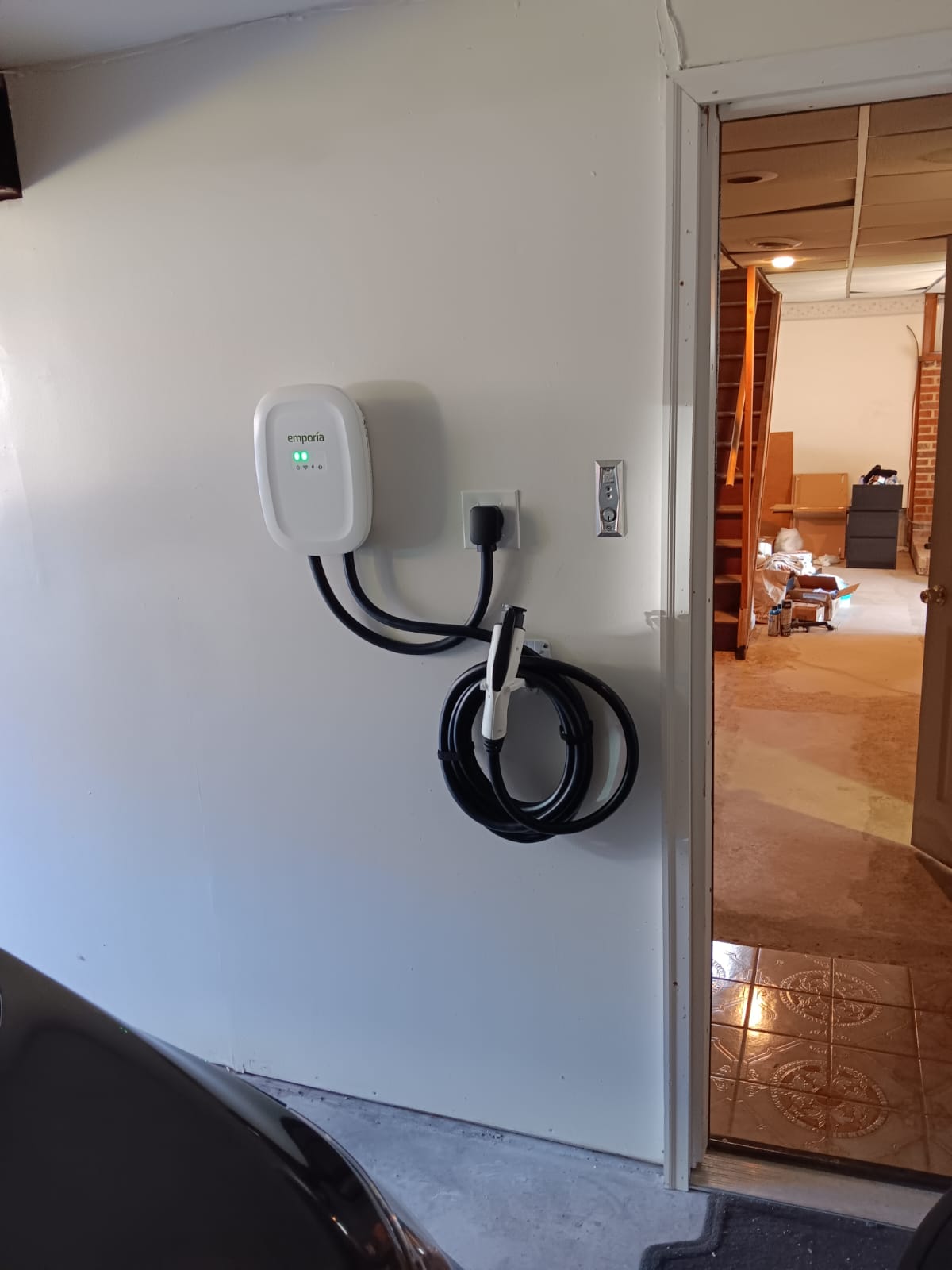
Maintenance and Care After Rewiring
Once your whole house rewiring project is done, proper maintenance is key to keeping it safe and working well for a long time. Here are some tips:
- Schedule regular electrical inspections
- Watch for warning signs of electrical problems
- Don’t overload circuits
- Use surge protectors for sensitive electronics
- Keep a detailed record of your new electrical system
- Teach family members about electrical safety practices
- Regularly test GFCI and AFCI outlets
- Keep the area around your electrical panel clear and easy to access
Understanding circuit overloads and how to prevent them is crucial for maintaining your new electrical system. If you notice any issues, don’t hesitate to call a professional electrician for help. Regular maintenance and quick attention to any electrical concerns will help ensure your new system stays safe and efficient for years to come.
Conclusion: The Long-Term Benefits of Professional Whole House Rewiring
Investing in whole house rewiring can seem scary, but the long-term benefits are big. A modern, safe electrical system can provide:
- Enhanced safety for your family
- Improved energy efficiency
- Increased home value
- Better performance for modern appliances and technologies
- Peace of mind knowing your electrical system is up to code
- Reduced risk of electrical fires and related insurance claims
- Improved reliability and fewer electrical issues
- Adaptability for future technological advancements
By following these best practices and working with a professional electrician, you can make sure your whole house rewiring project is successful. Remember, electrical work is complex and potentially dangerous – always prioritize safety and professional expertise. The investment in professional rewiring pays off in the long run through enhanced safety, efficiency, and home value, making it a smart choice for homeowners looking to modernize and protect their property.
Frequently Asked Questions
1. How long does a whole house rewiring typically take?
Whole house rewiring usually takes 3 to 10 days for an average-sized home. Bigger homes or those with complex electrical needs might take longer. Things like how easy it is to access existing wiring, how many rooms there are, and any extra upgrades can affect how long it takes. Your electrician can give you a better estimate after looking at your specific situation.
2. What are the signs that my home needs rewiring?
Common signs include circuit breakers tripping often, lights flickering, buzzing sounds from outlets, burning smells, and visible damage to wiring or outlets. Homes built before 1980 with original wiring often need rewiring. Also, if outlets feel warm or look discolored, you get mild shocks when touching appliances, or you don’t have many three-prong outlets, these could all mean you need rewiring. It’s important to have a professional check if you think your home might need electrical updates.
3. Can I stay in my home during the rewiring process?
You can stay in your home during rewiring, but it’s often easier and safer to stay somewhere else for a while. The process involves turning off power to large parts of your home and can be disruptive. Talk to your electrician about your options. If you do stay, be ready for times without electricity and possible dust and noise from the work. Some people choose to rewire their house in stages to make it less disruptive, but this can make the whole project take longer.
4. How much does whole house rewiring cost?
Costs can vary a lot depending on how big your home is, how complex the job is, and where you live. On average, whole house rewiring can cost between $8,000 and $30,000. Things that affect the cost include the size of your home, how easy it is to access existing wiring, the quality of materials used, and any extra upgrades you choose. It’s best to get detailed quotes from licensed electricians for an accurate estimate. Remember that while it might cost a lot upfront, it’s an investment in your home’s safety and value.
5. Are there any energy-saving benefits to rewiring my home?
Yes, rewiring can lead to big energy savings. Modern wiring is more efficient, and rewiring allows for installing energy-saving devices like smart switches and LED lighting. You might see lower energy bills because of better overall electrical efficiency. Also, rewiring gives you a chance to add zoned lighting, smart home systems, and energy monitoring tools, all of which can help you manage energy better and lower your utility costs over time.



